When a defective product causes injury or harm, California law provides strong protections for consumers through product liability laws. These laws hold manufacturers, distributors, suppliers, and retailers legally responsible when their products cause harm to users. Whether you're dealing with a malfunctioning appliance, a dangerous medication, or a faulty vehicle component, understanding your rights under California's product liability laws is crucial for seeking compensation for your injuries.
What is product liability?
Product liability refers to the legal responsibility that companies have for injuries caused by their defective products. In California, this responsibility extends throughout the entire chain of distribution–from the original manufacturer to the retail store that sold the product. What makes California's product liability laws particularly consumer-friendly is the doctrine of "strict liability," which means you don't need to prove that a company was negligent to recover damages. Instead, you only need to show that:
- The product was defective when it left the defendant's possession
- You used the product in a reasonably foreseeable way
- The defect caused your injury
Understanding Strict Product Liability in California
Definition and key principles
California follows the doctrine of strict product liability, which provides stronger consumer protections than traditional negligence claims. Under this principle, manufacturers and sellers can be held liable for defective products regardless of whether they were negligent or knowingly put a dangerous product into the market. In California strict liability cases, plaintiffs need only prove the product was defective when sold, was used as intended, and caused harm - regardless of the manufacturer's level of care.
This consumer-friendly approach was established by the landmark case Greenman v. Yuba Power Products (1963) and has been consistently upheld by California courts to ensure manufacturers and sellers take responsibility for putting safe products into the marketplace.
How it differs from traditional negligence
While traditional negligence claims require proving that a manufacturer or seller failed to exercise reasonable care, strict product liability focuses solely on the defective condition of the product itself. In a negligence case, the plaintiff must demonstrate that the defendant breached a duty of care and deviated from acceptable standards of conduct.
But under strict liability, it doesn't matter whether the manufacturer or seller took all reasonable precautions - if the product is defective and causes injury during normal use, they can be held liable. This distinction makes strict liability claims generally easier to prove for consumers, as they don't need to show exactly how the manufacturer or seller was careless in their actions or decision-making process.
Burden of proof requirements
In California product liability cases, while the burden of proof is less demanding than in traditional negligence claims, plaintiffs must still establish specific elements to prevail in their case. The legal doctrine of "res ipsa loquitur" (meaning "the thing speaks for itself") can shift the burden of proof to the defendant in certain cases.
Essential Elements:
- The defendant designed, manufactured, distributed, or sold the defective product
- The product was defective when it left the defendant's possession
- The plaintiff used the product in a reasonably foreseeable manner
- The defect was a "substantial factor" in causing their injuries
- They suffered actual harm or damages
Procedural Requirements:
- Claims must be filed within California's two-year statute of limitations
- The defective product should be preserved when possible
- Comprehensive documentation of injuries and damages must be maintained
Types of Product Liability Claims
Design defects
A design defect occurs when a product's blueprint or specifications are inherently dangerous, making every unit of the product potentially hazardous even when manufactured exactly as intended. In California, courts use two different tests to evaluate design defects. The first is the "consumer expectations test," which examines whether the product performed as safely as an ordinary consumer would expect when used in a reasonably foreseeable way. The second is the "risk-benefit test," which evaluates whether the product's design risks outweigh its benefits.
Courts consider factors such as the feasibility of alternative designs, the product's cost, and the severity of potential harm. For example, if a vehicle's gas tank is positioned in a way that makes it prone to explosion in minor collisions, or if a children's toy has small, easily detachable parts that pose a choking hazard, these would be considered design defects because the products are dangerous by design, not due to manufacturing errors.
Manufacturing defects
Manufacturing defects occur when a properly designed product becomes dangerous due to errors in the production process. Unlike design or marketing defects that affect entire product lines, manufacturing defects typically impact a limited number of units that "slip through the cracks" despite quality control measures.
Common Sources of Manufacturing Defects:
- Improper installation of components
- Poor adhesive application
- Material substitution
- Use of substandard parts
- Failure to smooth sharp edges
Under California's strict liability law, manufacturers can be held liable for injuries caused by these defects regardless of how careful they were in their production process.
Proving Manufacturing Defects:
- Can be challenging if the product is destroyed in an accident
- May rely on the "malfunction doctrine"
- Allows proof through circumstantial evidence when:
- Circumstances clearly indicate a defect was the cause
- Other possible causes can be eliminated
Marketing defects
Marketing defects, also known as failure to warn, occur when a product lacks proper instructions or fails to warn consumers about potential hidden dangers in the product.
Under product liability law, manufacturers and sellers have a duty to provide adequate warnings and instructions about their products' proper use and potential risks. This type of defect focuses on how the product is presented to consumers rather than issues with the product's design or manufacturing process.
Even if a product is perfectly designed and manufactured, companies can still be held liable if they fail to provide sufficient warnings about foreseeable risks or proper usage instructions that could prevent consumer harm.
Scope of Product Liability Coverage
Types of products covered
Product liability coverage encompasses far more than just tangible consumer goods. Under the law, liability extends throughout the entire distribution chain, from manufacturers to retailers, as long as products are sold in the regular course of business. This comprehensive coverage ensures consumer protection at every level of product distribution and use.
Types of Products Covered:
- Tangible personal property (consumer goods, vehicles)
- Intangible products (like natural gas)
- Natural products (such as pets)
- Real estate and written materials
The liability extends to all parties in the distribution chain who regularly deal with these products, including manufacturers, wholesalers, and retailers. But private sellers, such as those at garage sales, typically aren't subject to these same liability standards. The key factor is whether the product was sold as part of regular business operations. Additionally, product liability protection extends to anyone who can reasonably be expected to come into contact with the product during normal use, ensuring broad consumer protection.
Key parties who can be held liable
Product liability law holds multiple parties accountable throughout the distribution chain, ensuring comprehensive consumer protection. Anyone who plays a role in bringing a product to market may be held responsible for defects that cause harm.
Key liable parties include:
- Manufacturers who produce the final product
- Component part manufacturers
- Wholesalers and distributors
- Retailers who sell directly to consumers
Under strict liability principles, all these parties can be held responsible regardless of fault, as they are part of placing the product into the stream of commerce.
Compensation in Product Liability Cases
Economic damages
Economic damages represent the tangible, financial losses that victims can directly calculate and document following a product-related injury. In California product liability cases, these damages compensate for specific monetary losses incurred due to injuries.
Types of Economic Damages:
- Medical expenses (current and future)
- Lost wages and reduced earning capacity
- Property damage and repair costs
- Out-of-pocket expenses related to injury
- Costs of ongoing care and rehabilitation
These damages must be supported by documentation such as medical bills, pay stubs, and receipts. Unlike non-economic damages like pain and suffering, economic damages are straightforward to calculate as they represent actual monetary losses.
Non-economic damages
Non-economic damages compensate victims for intangible losses that can't be easily calculated through bills or receipts. In California product liability cases, these damages acknowledge the personal, emotional, and quality-of-life impacts of an injury.
Types of Non-Economic Damages:
- Pain and suffering
- Emotional distress
- Loss of enjoyment of life
- Loss of companionship or consortium
- Disfigurement or permanent disability
- Evidence of malicious, oppressive, or fraudulent behavior
- More than just negligence
- Corporate responsibility at management level
- Seek Immediate Medical Attention
- Document all injuries and symptoms
- Follow your doctor's treatment plan
- Keep all medical records and bills
- Preserve the Product
- Do not throw away or attempt to repair the product
- Keep all parts, packaging, and instruction manuals
- Store the product in a safe place exactly as it was after the incident
- Document Everything
- Take photos of the product and your injuries
- Write down exactly what happened while memory is fresh
- Save all receipts and proof of purchase
- Keep records of missed work days and expenses
- Report the Incident
- Notify the retailer or manufacturer
- File a report with the Consumer Product Safety Commission
- Keep copies of all correspondence
- Gather Supporting Evidence
- Collect witness statements if available
- Save any video footage if the incident was recorded
- Keep a daily log of how injuries affect your life
- Contact a Product Liability Attorney
- Seek legal consultation before speaking with insurance companies
- Bring all documentation to your meeting
- Don't delay, as California has time limits for filing claims
Unlike economic damages, these losses can't be precisely measured with documentation. Instead, courts consider factors like the severity and duration of suffering, impact on daily activities, and changes to personal relationships when determining appropriate compensation. In California, there is no cap on non-economic damages in product liability cases, and the amount awarded often depends on how the injury has affected the victim's overall quality of life.
Punitive damages
Punitive damages serve to punish wrongdoers and deter future misconduct rather than compensate victims. These damages are only awarded when the plaintiff proves by "clear and convincing evidence" that the defendant acted with oppression, fraud, or malice. For corporate defendants, an officer, director, or managing agent must have known about and disregarded the risk or authorized the harmful conduct. While California doesn't cap punitive damages, courts require them to maintain a reasonable relationship to the actual harm suffered.
Key Requirements:
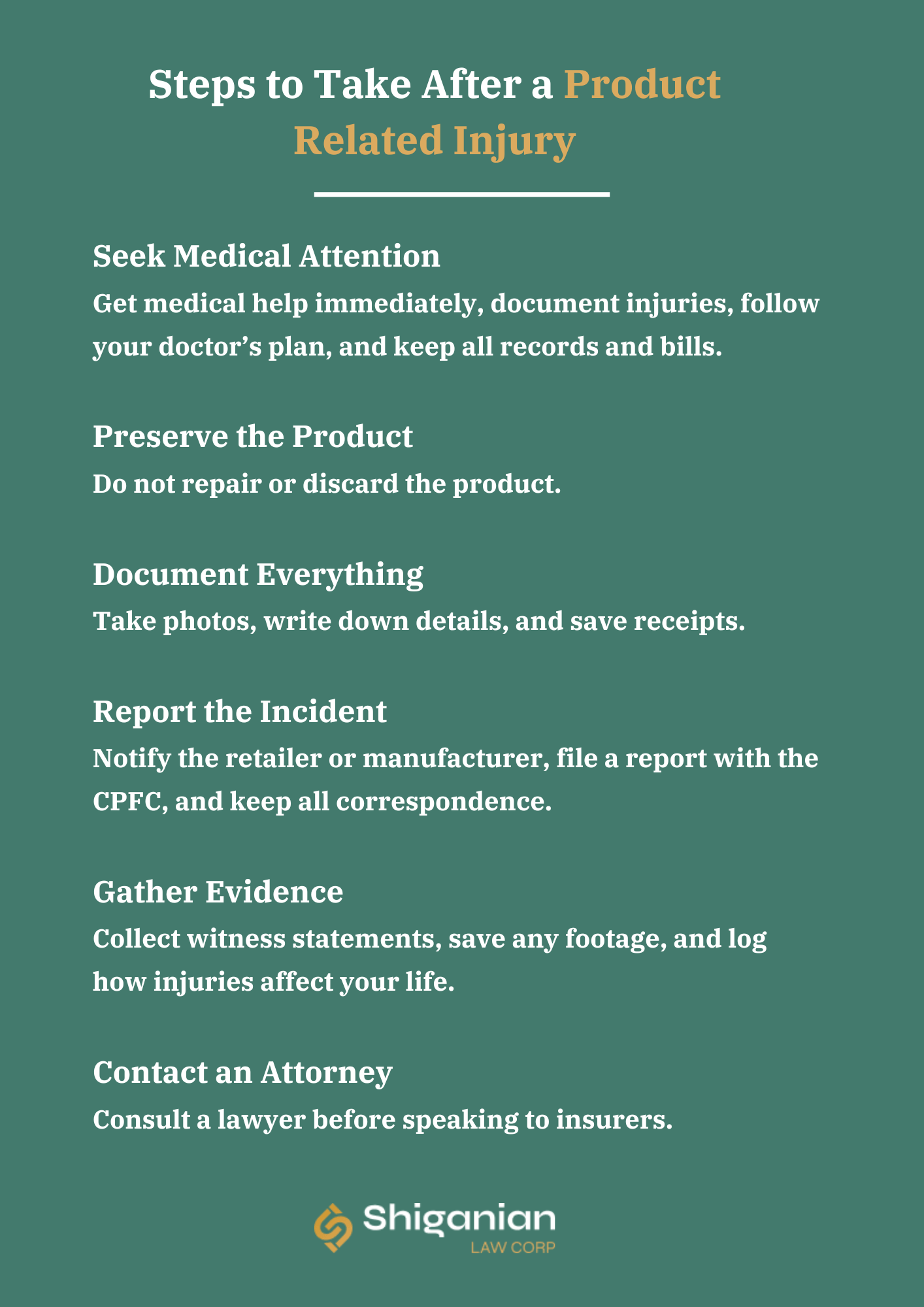
Steps to Take After a Product-Related Injury
When you've been injured by a defective product, taking the right steps immediately after the incident can significantly strengthen your legal claim. Here are the essential actions you should take:
Avoid discussing the incident on social media or accepting any settlement offers without first consulting an attorney.

How Personal Injury Cases Protect the Community
When most people think of personal injury cases, they picture an individual seeking compensation for medical bills, lost wages, or pain and suffering. read more
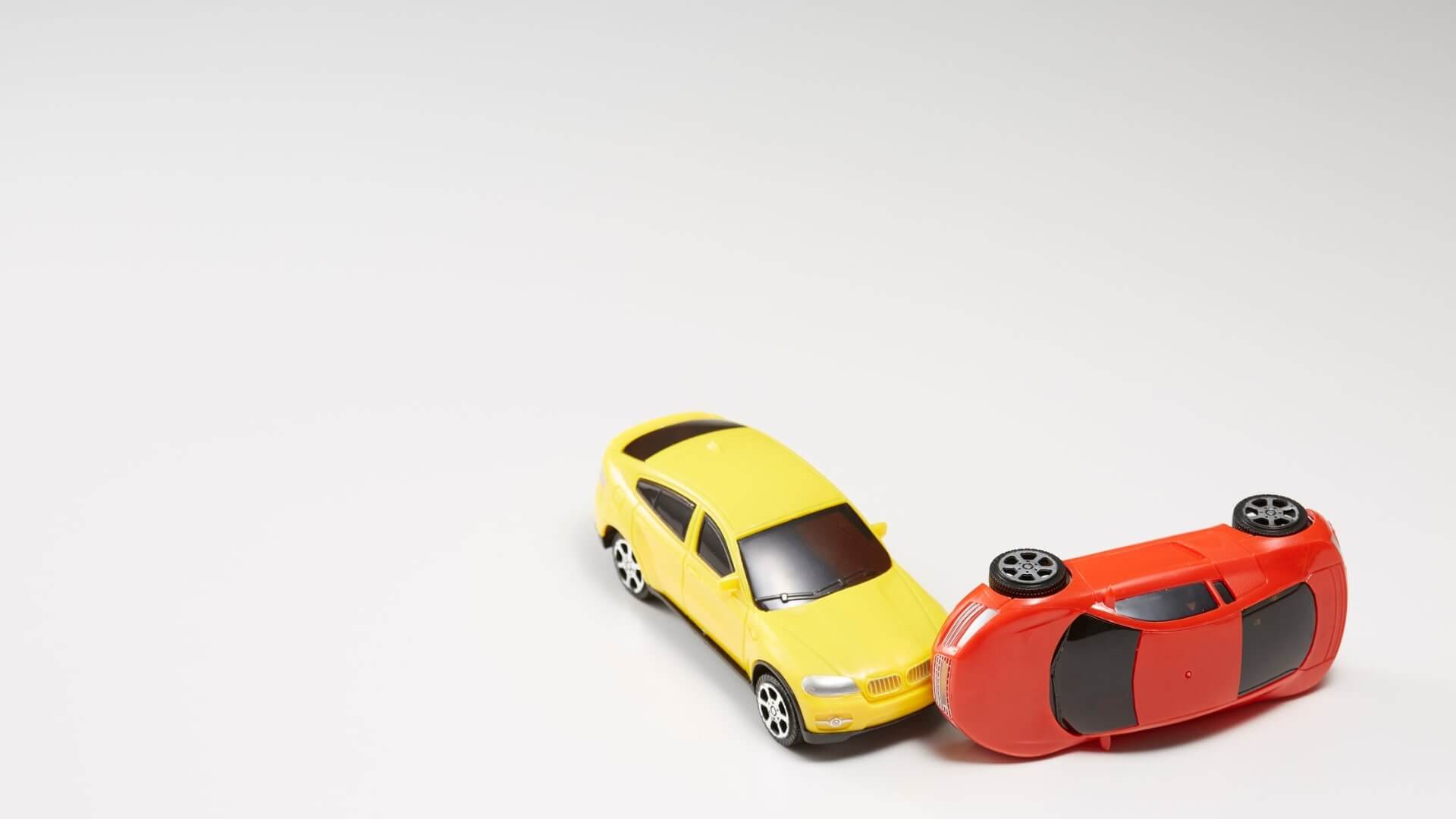
What Happens If You're Partially At Fault in an Accident
After an accident, one of the first worries people often have is: “What if I was partly to blame? Does that mean I can’t recover anything?” read more

Think Before You Post: How Social Media Can Hurt Your Accident Claim
Sharing accident updates on social media may feel harmless—but insurance companies and defense attorneys can use your posts against you. Learn why posting after an accident is risky and how to protect your personal injury claim. read more

Why Shiganian Law is the Top Personal Injury Firm in Sherman Oaks and Encino
Shiganian Law delivers expert personal injury representation with a proven track record. Led by Isabel Shiganian, we offer personalized service, direct communication, and results-driven advocacy. No fee unless we win. read more

Hidden Injuries That Can Arise After a Car Accident — and What to Do Next
Learn about hidden injuries that can arise after a car accident. Comprehensive guide covering injury types, injury settlements, and steps to take after an accident. read more

How Dashcam Footage Can Completely Change Your Car Accident Claim
Discover how dashcam footage can transform car accident claims by providing clear evidence, resolving disputes, preventing fraud, and expediting insurance settlements. read more

Bitten But Blamed? How Insurance Companies Shift Fault in Dog Bite Claims
Discover how insurance companies shift blame in dog bite claims, the legal protections for victims in California, and steps to defend against unfair accusations. read more
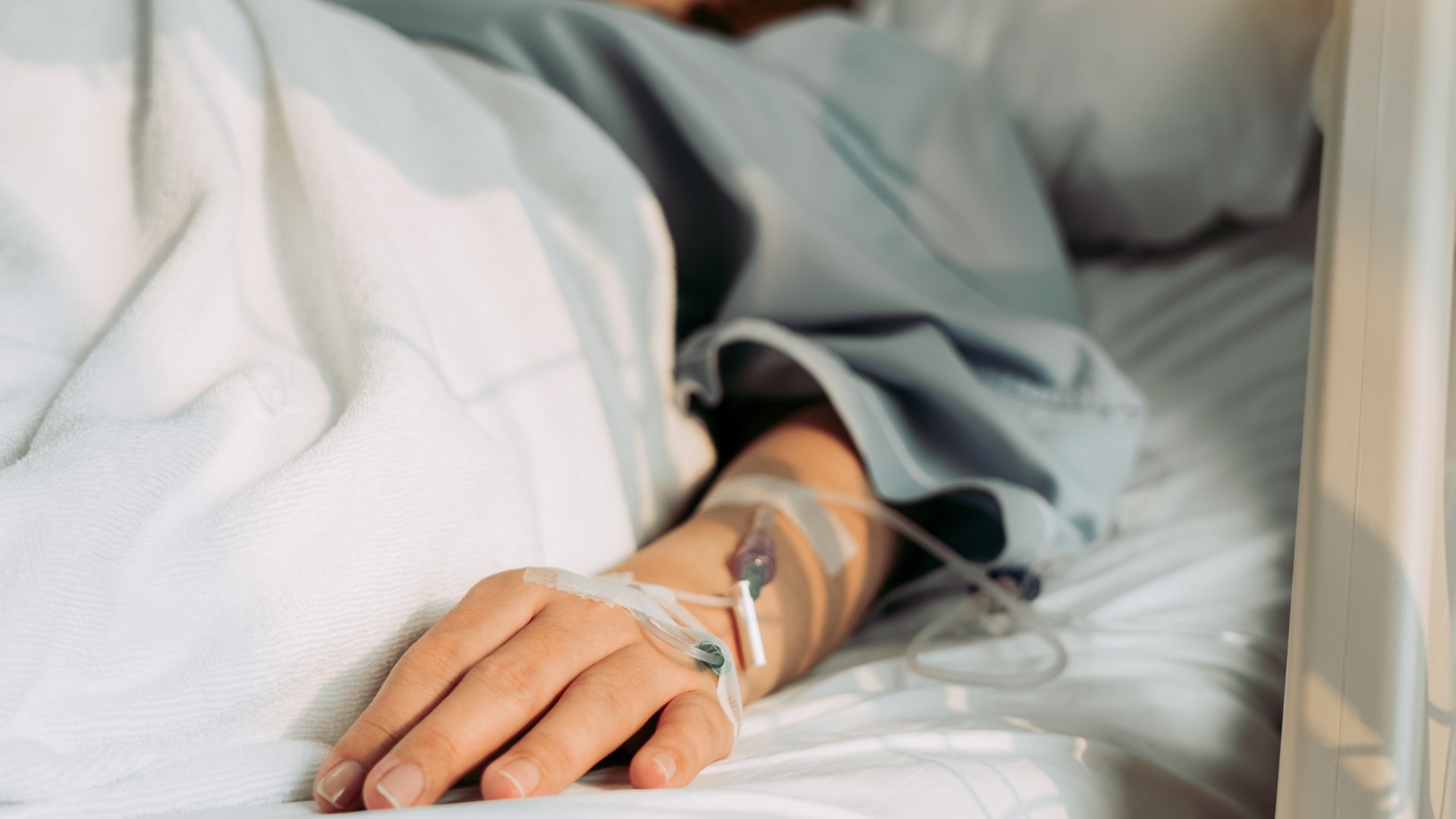
What Is Considered a Catastrophic Injury in Personal Injury Law?
Understand catastrophic injuries in personal injury law - definitions, impacts, causes, and why specialized legal help is crucial for securing proper compensation. read more
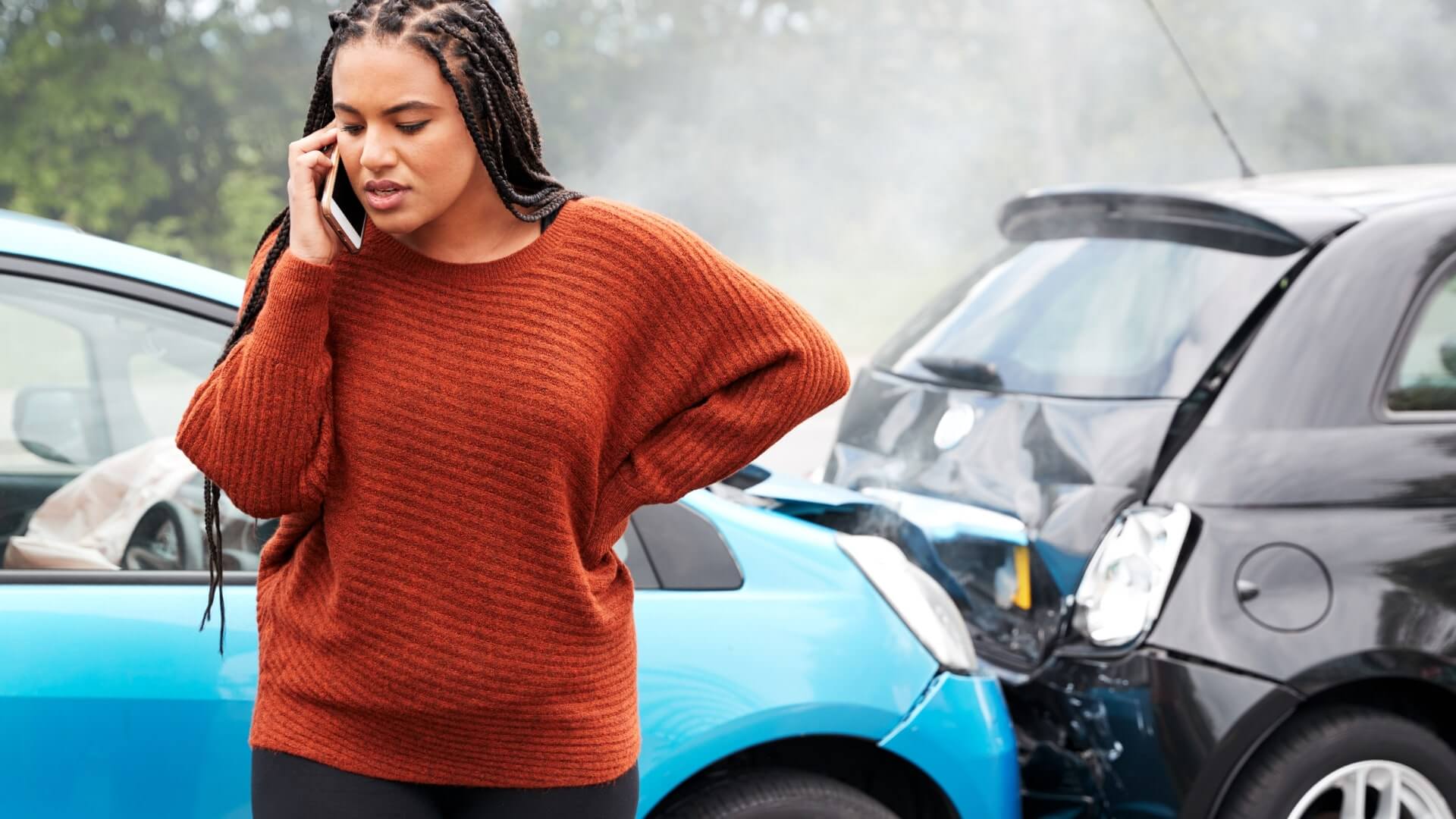
The Biggest Mistakes People Make After an Accident Causing Personal Injury
Discover the critical mistakes people make after injuries that can damage their compensation claims and learn how to avoid these costly errors. read more

Financial Struggles After Accidents: Recovery & Legal Options
Explore the financial impact of injuries, from medical debt to lost wages. Learn legal options, coping strategies, and support for recovery stability. read more

Emotional Trauma After an Accident: Understanding Your Rights and Recovery
Discover how emotional trauma after accidents affects mental health and daily life. Learn about your legal rights and the recovery journey to healing and compensation. read more
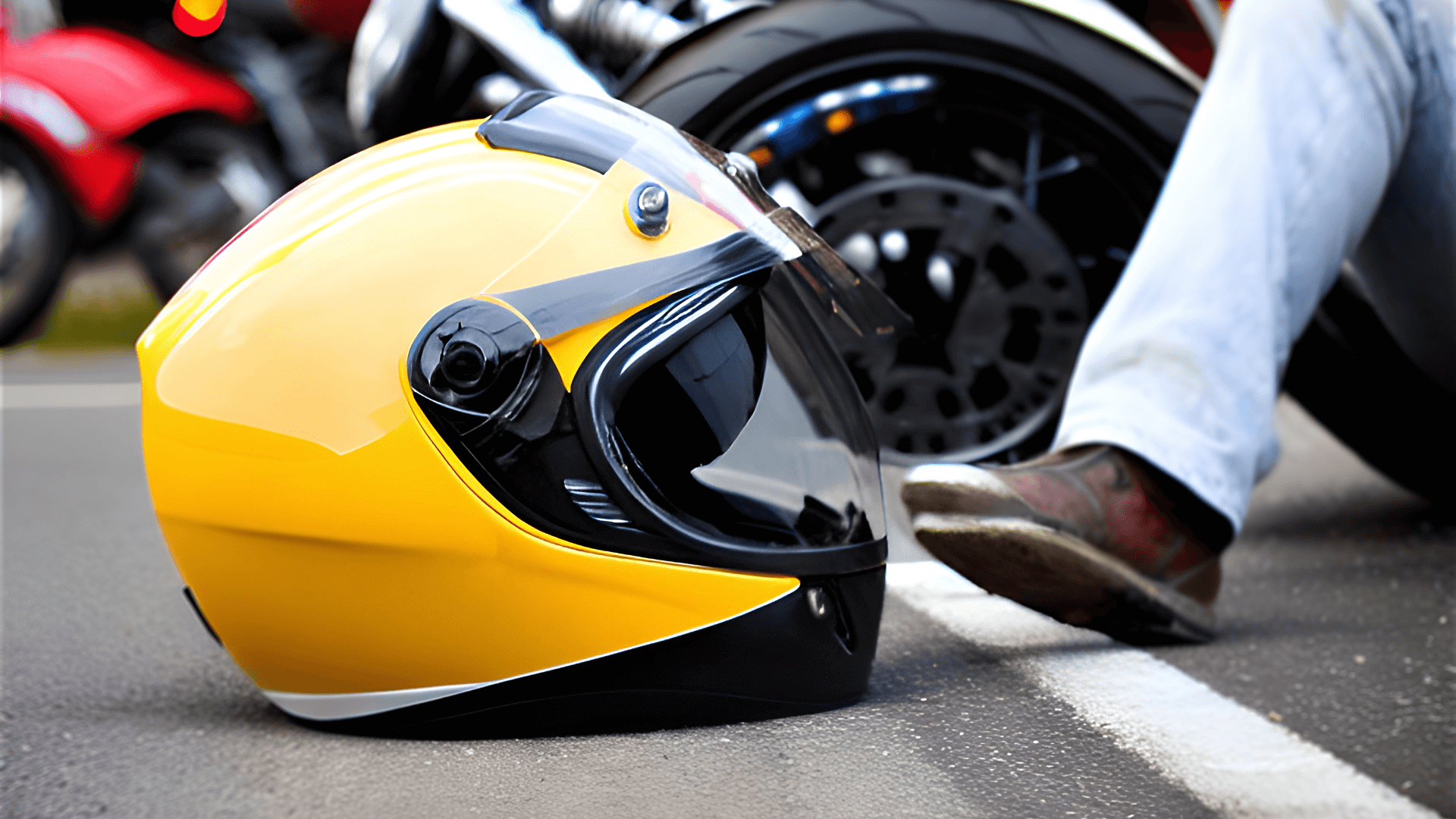
Motorcycle Accidents: Types of Injuries, Settlements, and Your Rights
Learn about motorcycle accident causes, safety tips, and legal rights. Comprehensive guide covering injury types, injury settlements, and steps to take after an accident. read more
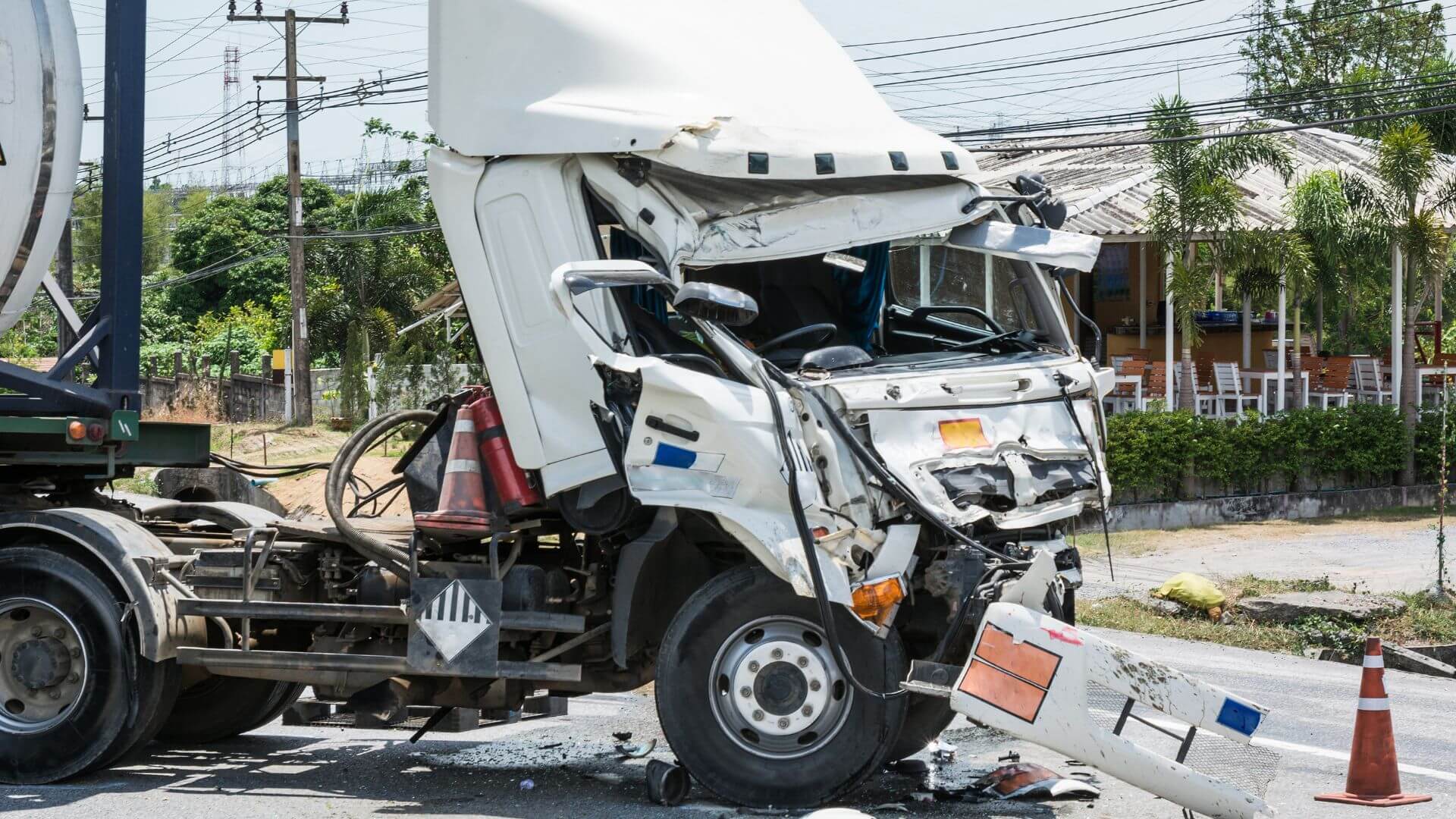
What Does a California Truck Accident Lawyer Do?
Learn how an experienced California truck accident lawyer can help maximize your compensation through expert investigation, evidence preservation, and strategic negotiation. read more
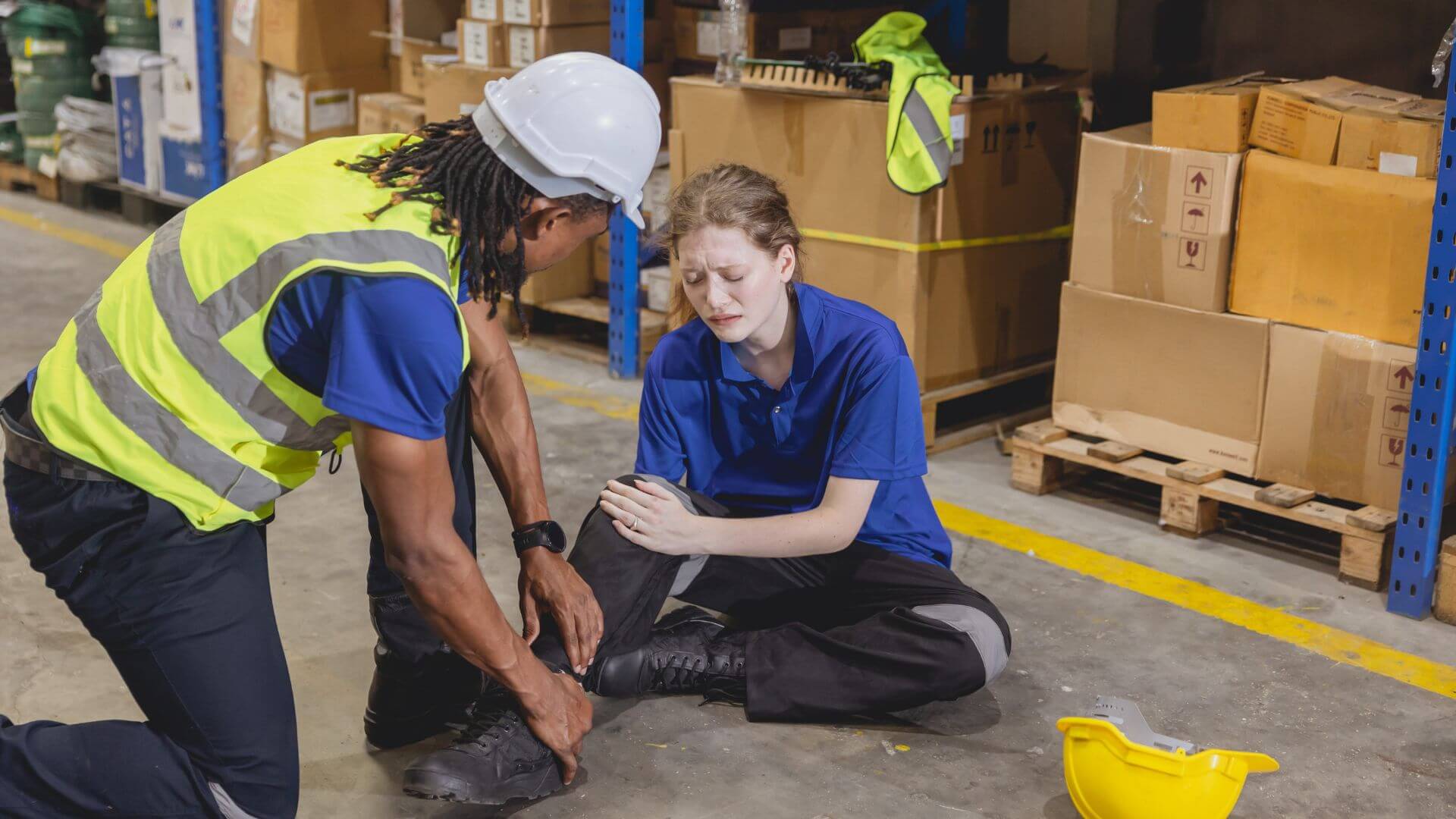
What is Premises Liability Law: Responsibility, Examples, and Common Types
Imagine walking through a quiet shopping center, enjoying a peaceful afternoon, when suddenly a wild Canadian goose darts out, knocking you over and fracturing your hip. It may sound far-fetched... read more
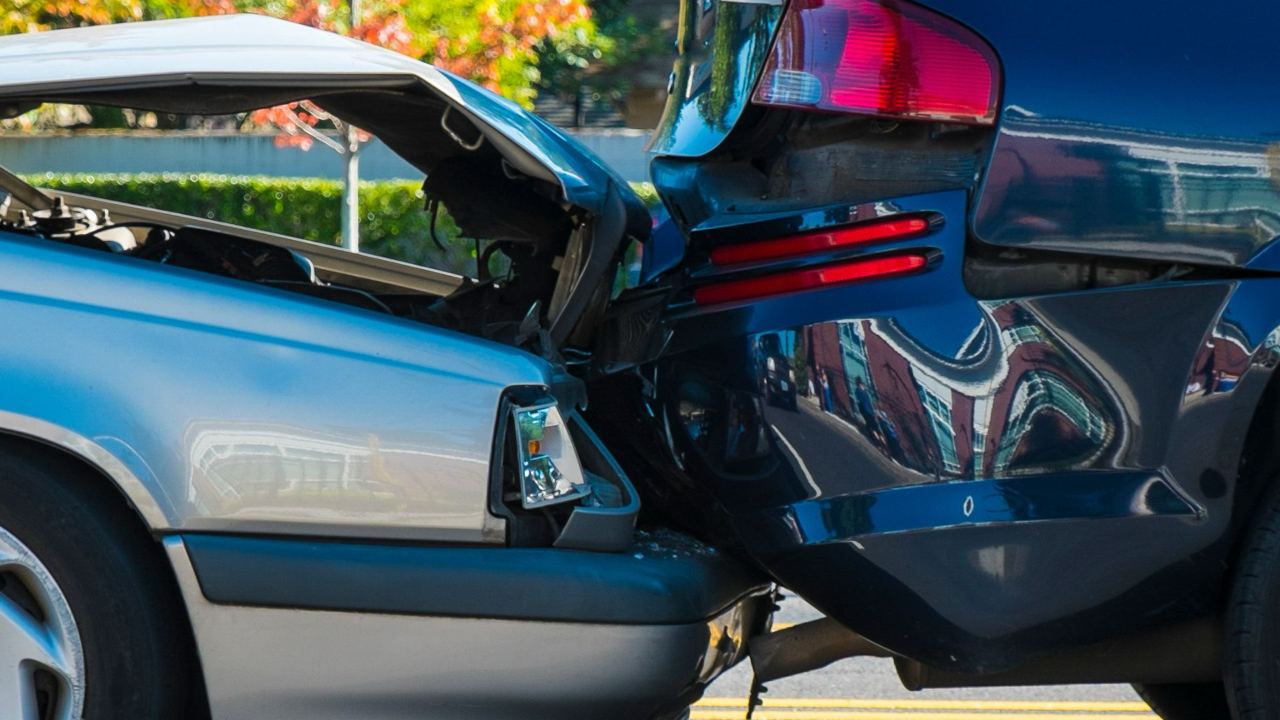
What to Do if You’ve Been in a California Car Accident?
If you’ve been in a car accident, you might be overwhelmed with the experience and what to do next. Your priority is your safety and health, and if you have been injured, getting the support you need to recover. read more

How long does it take to settle a pedestrian accident in California
When estimating the duration of a pedestrian accident settlement, it's important to consider all the factors that can influence the process. read more

California Prop 213 and Its Impact on Car Accidents
Proposition 213 was created in 1996, as a way to encourage motorists to get and maintain insurance. read more
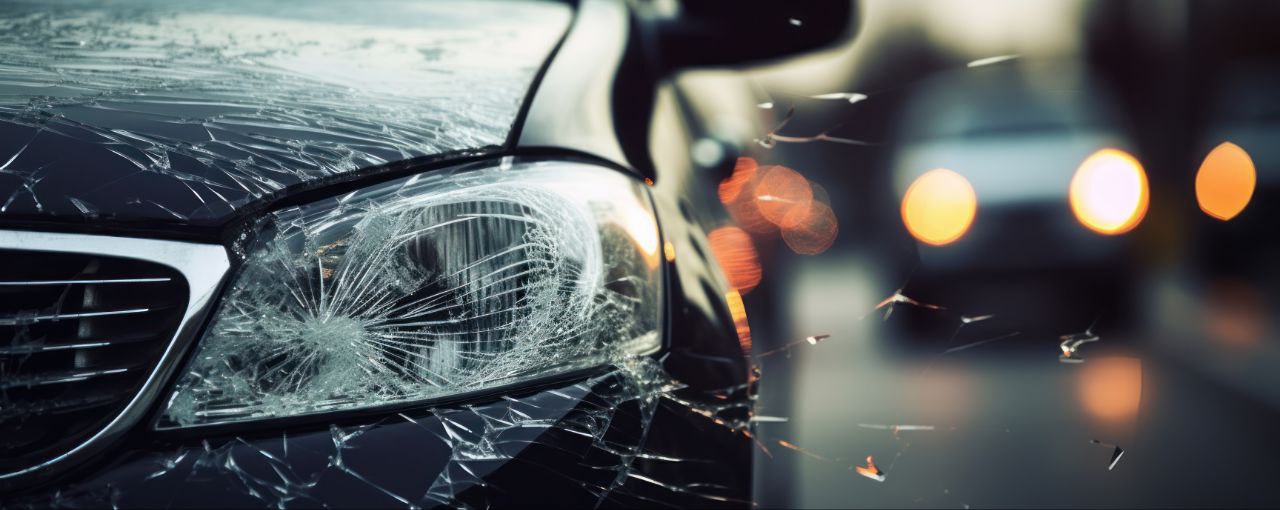
How Much to Expect from a Car Accident Settlement in California
Car accidents are unfortunate events that can result in significant physical injuries and extensive medical treatment. read more
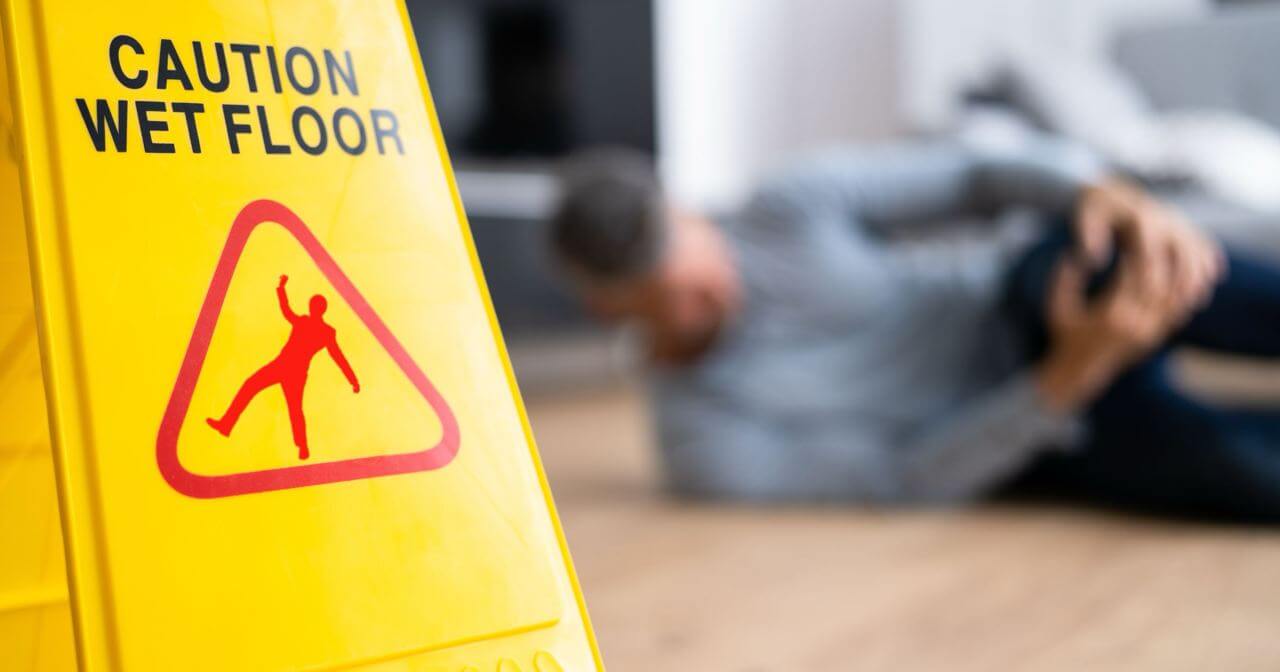
What to Do After a Slip-and-Fall Accident
This guide, while not a substitute for legal or medical advice, can help you figure out what to do in the short- and long-term after you’ve had an accident. read more